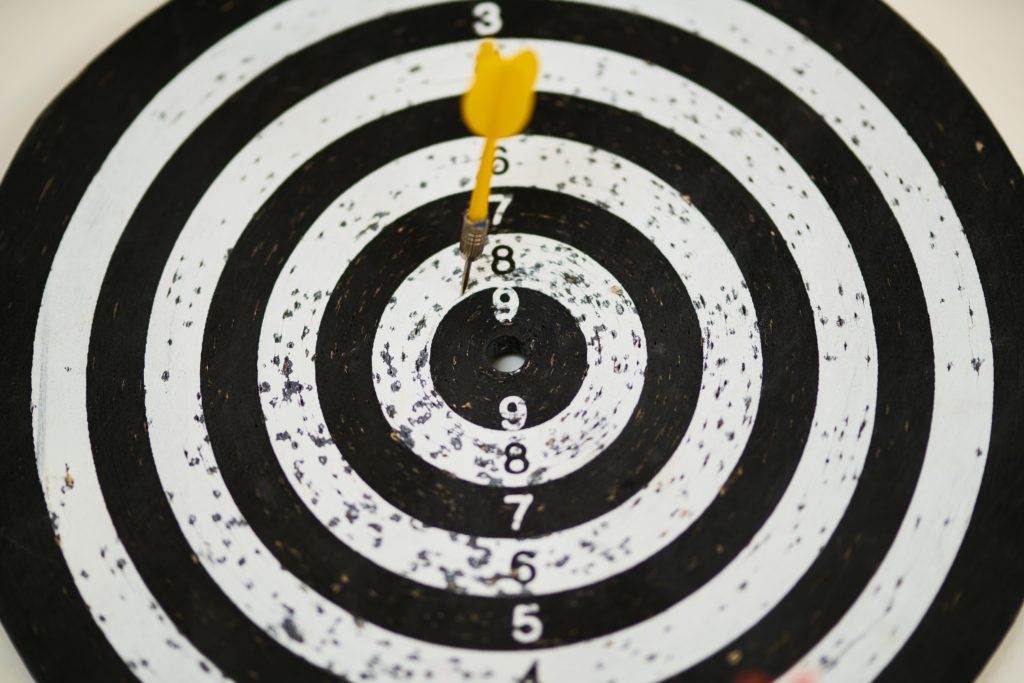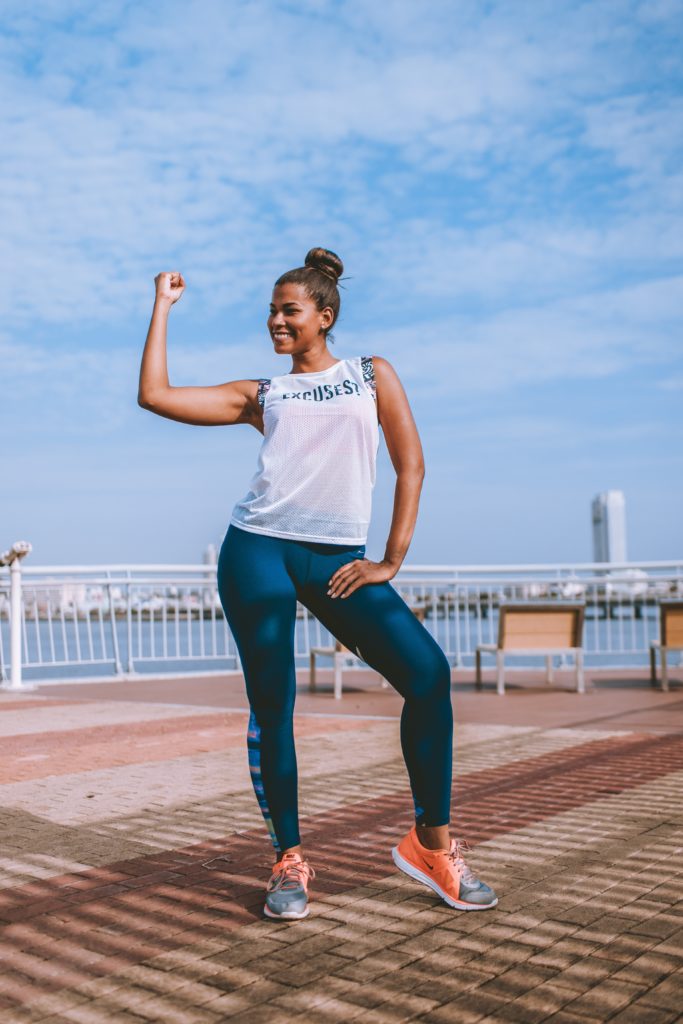The Main Differences Between Pilates and Yoga
Many times people group Pilates and yoga into the same category, but in reality, they are very different.
They both offer different benefits, and both present different challenges to students. One is not “better” than the other (though obviously we are biased towards Pilates) — rather they can work well together to give you a great well-balanced body.
If you’ve always wondered what the main differences between Pilates and yoga are, read on to find out.
Pilates vs. Yoga
1. Core focus
Though yoga certainly does strengthen your core, that is not the focus of yoga classes. Pilates, on the other hand, places a massive focus on working your core on its own, as well as in tandem with other exercises to make it so that you are working your core throughout the entirety of your Pilates class. This may be why you see much stronger abs on those who are taking Pilates regularly than those who are taking yoga regularly.
2. Different goals
 If you’ve ever been to a yoga class, you can tell quickly that while you are certainly working your body, the main focus of the class is spiritual. Pilates does not have that spiritual aspect (unless you choose to add it yourself), but yoga instructors across the board incorporate something spiritual into every class that they teach, including meditation. Meditation does not play a role in Pilates, as the main goal for Pilates is working your body.
If you’ve ever been to a yoga class, you can tell quickly that while you are certainly working your body, the main focus of the class is spiritual. Pilates does not have that spiritual aspect (unless you choose to add it yourself), but yoga instructors across the board incorporate something spiritual into every class that they teach, including meditation. Meditation does not play a role in Pilates, as the main goal for Pilates is working your body.
3. Equipment
There is some equipment used in yoga classes including blocks and straps, but they are not required for class — they act more as an aid if you need help getting into a specific pose. Pilates, however, requires equipment, especially Lagree Pilates. Lagree is not Lagree without the machine. You cannot do this type of Pilates without the machine. Thus, Pilates is centered around the machine and equipment you use to enhance your body, while yoga is not.
4. History
 Yoga dates back to over 5,000 years ago and modern-day practices still present much of the same ideas and poses that existed in its creation.
Yoga dates back to over 5,000 years ago and modern-day practices still present much of the same ideas and poses that existed in its creation.
Pilates is much more modern and has existed for just shy of 100 years and has changed a great deal since its inception. Pilates has morphed into many different styles that vary quite a bit from each other. While yoga has seen some changes over the years, much of the practices are still the same.
5. Resistance
In yoga, the center of the practice is your mind-body connection. Thus, you are letting your body serve as your resistance. Pilates is different. Though the mind-body connection is very important to Pilates (as it ensures you do the movements correctly), it is not the center of the practice. And in Pilates, that connection is not your resistance — the machine is. The reformer provides resistance for your body that challenges you in a completely different way than yoga does.
6. Poses
Though they share the same word, the moves you do in Pilates and yoga are very different. Yoga is much more repetitive and often times you can hold your poses for much longer than in Pilates.
Pilates, on the other hand, usually does the move once, and really does it so that you reach muscle failure before moving onto the next target area. Pilates also usually focuses on one area of your body at a time: abs, obliques, legs, arms, while yoga doesn’t hyper-focus on specific areas of the body in the same way.
7. Intention
 Most yoga classes are met with the intention for turning yourself inward (not literally). Yoga is meant as a form of meditation that causes you to think more about the bigger picture of life while moving.
Most yoga classes are met with the intention for turning yourself inward (not literally). Yoga is meant as a form of meditation that causes you to think more about the bigger picture of life while moving.
Pilates, on the other hand, has an intention that is more focused on keeping your body healthy, while strengthening your mind in the process. However, Pilates is not meditative and does not ask you to look inward to succeed in class. You, instead, need to focus on controlling each move that you make to get the most bang for your buck.

